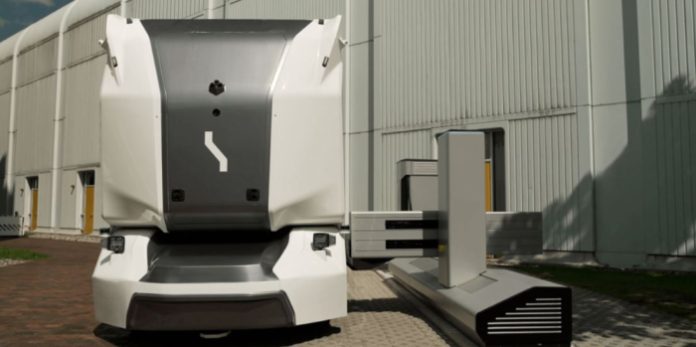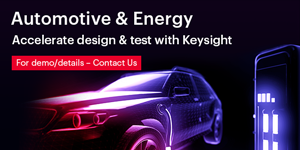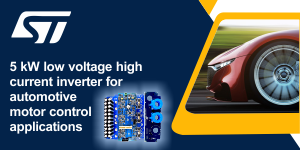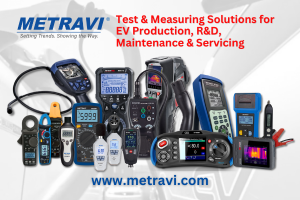The electric car slowly approaches the charging station, and the port flap opens. From this point on, a fully automatic charger for electric cars takes over: the Siemens Autonomous Charging System. A robot that moves in all spatial axes connects to the vehicle’s CCS charging connector in less than a minute and charges the batteries with up to 300 kilowatts of power. After a certain amount of time – which depends on the capacity and state of charge of the batteries and the vehicle’s maximum permissible charging power – the robot breaks the connection and the car can continue on its way fully charged.
Not just for autonomous vehicles
“Automatic charging is especially important for autonomous vehicles; that is, cars that operate without human drivers,” explains Stefan Perras of the Siemens Technology research unit. “How else could they recharge their batteries? Although it’ll still be a few years before we see driverless vehicles in normal road traffic, they’re already standard in demarcated facilities like container port loading areas. We’re also seeing applications for normal electric cars. For example, drivers with physical limitations will find it extremely helpful if they can charge their cars without having to get out of the vehicle. In the coming years, heavy-load transport vehicles will also be increasingly electrified, because the limits imposed by the EU on permissible fleet-wide CO2 emissions will go into effect in 2025. The logistics companies claim that the mandatory 45-minute breaks that drivers have to take every four-and-a-half hours are sufficient to charge the vehicles. However, heavy vehicles need to be charged with a one to three-megawatt charging capacity, and that requires charging cables that are so thick and heavy that people will still need to rely on assistance to use them.”
Speed requires cables
The market will need this enormous charging capacity. For example, inductive charging, in which the car has to stop in a specified area to be charged – which would also be practical for autonomous driving – is often unsuitable for this very reason. Inductive charging is much less efficient and achieves only a fraction of the charging power that’s possible with conductive high-speed charging via cables. The Siemens development team is therefore already working on the next generation of charging robots, which will deliver charging power of one MW.
Determining the position and orientation with artificial intelligence
Connecting a charging cable to the car’s charging port – that is, inserting a straight and accurately positioned plug into the socket – is usually an easy task for humans, but it’s a real challenge for machines. The controller has to be able to recognize the port on the vehicle even in the dark and in rain, snow, or fog. And it needs to be able to determine the port’s exact location. “Depending on the type of vehicle (from sports cars to trucks), the charging ports are installed in different places on the vehicle and at different heights,” Perras explains. “Sometimes they’re also tilted slightly upward. And the vehicles don’t always park at the same distance from the charging station, or they stop at a slight angle. The way that the charging connector has to move in to connect to the port depends on all these factors. To make it work, we use optical sensors and artificial intelligence that we’ve trained to recognize different charging ports in images and to determine their precise position and orientation. We use this data to calculate how the robot needs to move to connect the car to the charger, and the axes are controlled by our Siemens automation technology.”
“The Siemens Autonomous Charging System is especially useful for autonomous vehicles,” says Roland Busch during a tour of the demo facility in Munich. “Autonomous vehicles don’t have a driver inside. Consider a fleet: Who’ll charge all the vehicles? The same is true of a bus, taxi, or truck fleet. A whole lot of teamwork involving experts from different specialties is behind this development: Siemens’ automation technology is supported by the robotic, sensor, and AI expertise along with the charging technology. They all come together to create our autonomous charging station; nothing of its kind is available on the market yet. This is the future of charging infrastructure.”
The development team has already tested the system in real conditions and has entered into a joint venture with EINRIDE, the Swedish truck manufacturer and technology leader in autonomous heavy-load vehicles. EINRIDE is the world’s first manufacturer to obtain a permit to operate this type of vehicle on public roads.
The close-to-production prototype of the Siemens Autonomous Charging System was officially presented to the public at IAA Mobility in Munich in September 2021.
Courtesy: Siemens









